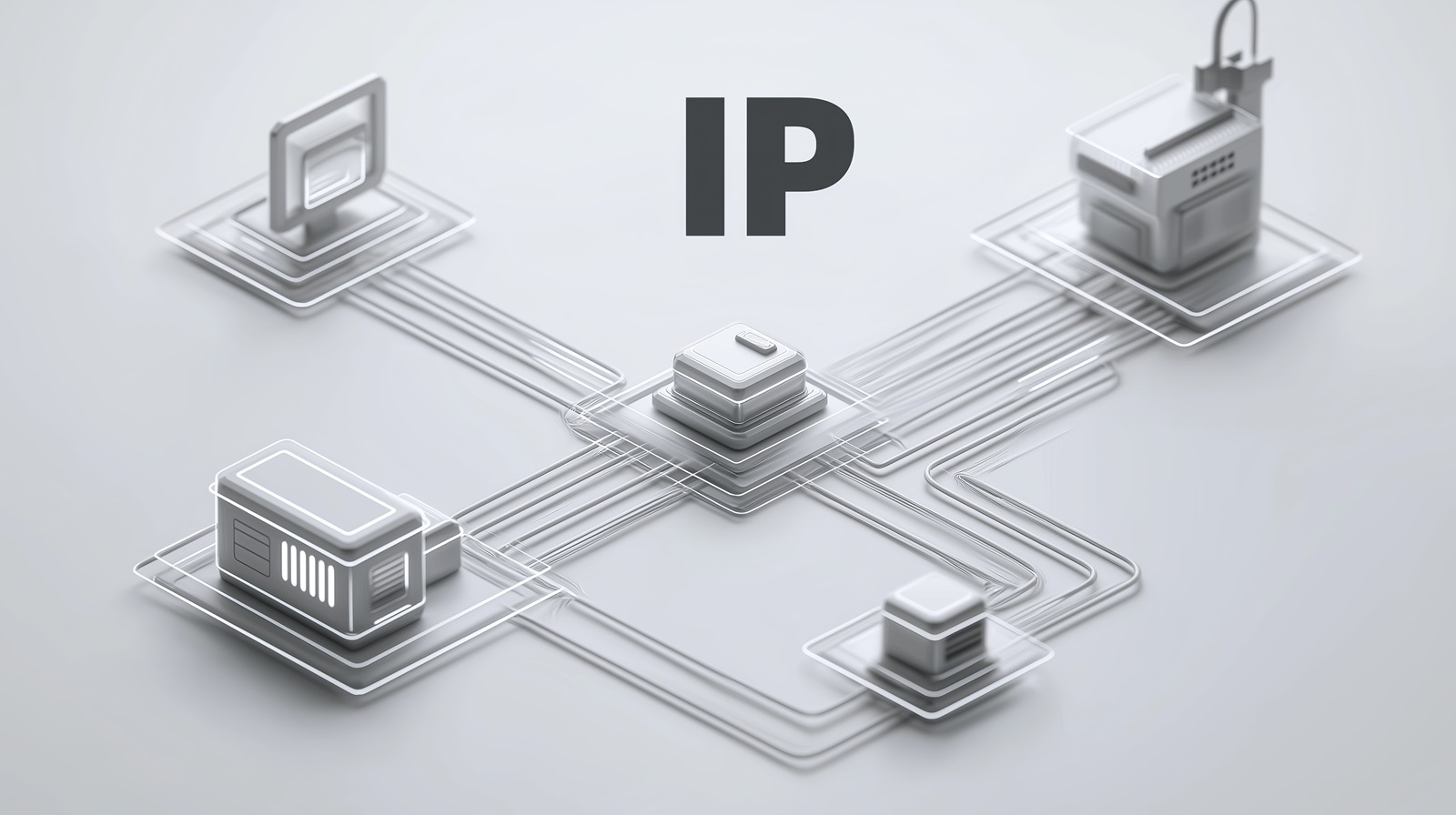HD-PLC Certification & Verification Testing: How Does It Work And What Are Its Benefits?

Verification testing and certification are essential to successfully launching your new HD-PLC product.
However, between the requirements and the testing procedures, the process can often be confusing.
That’s why we prepared this crash course blog post that will answer the most fundamental questions you might have about HD-PLC certification.
After reading this blog post you will have a clear idea of:
- What it means for your product to carry the official HD-PLC certification
- The key steps and elements of HD-PLC connectivity verification testing
- How to apply for HD-PLC certification and testing
Explore overviews of Certification Program?
What Does A HD-PLC Verification Testing Certificate Mean?
HD-PLC Certification is issued by the HD-PLC Alliance to specific HD-PLC products to indicate that these products follow a set of quality and performance standards, set by the Alliance.
To be successfully recognized as an HD-PLC Certified product, the equipment must pass a comprehensive Connectivity Verification test.
The purpose of this test is to ensure that:
- The product can support and follow the performance guidelines set for HD-PLC products, including security, data transmission rate, range and so on
- The product is built in accordance with industry-recognized quality control standards and is reliable enough to power the most demanding and sophisticated applications
HD-PLC Certification benefits your product in two ways:
- It establishes your company and your products as an official part of the global HD-PLC brand, which can help you find new business opportunities and partnerships
- In the retail space, it elevates your products above the competition as officially certified by the HD-PLC Alliance, improving your image and boosting customer trust
What Is The HD-PLC Connectivity Verification Test?
The key component of HD-PLC Certification is the Connectivity Verification test, performed at the HD-PLC Alliance Verification Test House in Fukuoka, Japan.
The purpose of the test, as the name suggests, is to verify that the tested product can successfully function as a part of an HD-PLC network.
Additionally, the test seeks to establish whether the tested product meets the technical requirements of the HD-PLC communication standard, such as:
- Wavelet-OFDM modulation support
- AES 128-bit encryption support
- Capability to support a maximum theoretical PHY data transmission rate of 240 Mbps
- Basic concept & scope of the test, the location of the testing body, etc.
If the product in question successfully passes the test, it will be decorated with the official HD-PLC Certification and will be authorized for use in networks that include other HD-PLC equipment.
Signing the Trademark License Agreement prior to the test, combined with a successful test, will also grant you the rights to the HD-PLC trademark, and you will be able to market your product as such.
What Does HD-PLC Connectivity Verification Testing Include?
The main hardware component of the HD-PLC Connectivity Verification testing process is the HD-PLC ATT System, also known as DisLINE, which evaluates the key performance variable of the product in different transmission path conditions.
Apart from the ATT System, additional equipment is used at different stages of the process to evaluate various aspects related to each stage.
The stages of the test correlate to the three sub-tests that the process includes: the mutual connectivity test, the transmission performance test, and the coexistence verification test.
For the tested product to successfully pass the overall testing, it must successfully pass all three of the sub-tests.
Sub-Test #1: Mutual Connectivity Test
The purpose of the mutual connectivity test is to:
- Confirm the communication between the tested device and the reference device
- Confirm the proper connection authentication
- Test the feasibility of the Master-Terminal relation between the tested device and the reference device
- Confirm the exchange of the 128-bit AES encryption key between the devices
During the mutual connectivity sub-test, the evaluated device is connected to the reference device — the ATT System — as a Master/Terminal switchable device, a Master-only or a Terminal-only device to assess its performance in each role.
Depending on the type of connection interface and cabling used by the tested device (coaxial cable or twisted pair, for instance), the connection with the reference device can be direct or facilitated via a high-pass filter.
The auto-connection functionality of the device can also be evaluated at this step in the same manner.
However, if the tested device offers the long-range HD-PLC Multi-hop functionality, the process and the purpose of the mutual connectivity test needs to be adjusted.
The focus of the Multi-hop mutual connectivity test is to determine whether the tested device can establish a link with the reference device provided by the Alliance, using the specified Hash function that enables the Multi-hop connectivity.

Sub-Test #2: Communication Performance Test
The next step of the verification testing process is the communication performance sub-test.
The main objectives of this sub-test are to:
- Confirm the PHY layer communication capabilities of the tested device
- Evaluate the device’s PHY layer communication performance relative to the reference device
- Establish the data transmission spectrum of the tested device
During the communication performance test, the evaluated device is once again connected to the DisLINE reference device. The communication performance sub-test can include up to two steps.
- Step 1: Establishing the reference PHY rate values. First, the transmission output level of the tested device is measured. Then, the output level of the reference device is adjusted to match the output level of the tested device, minus 6 dB. Finally, the reference transmission PHY rate and reference reception PHY rate are defined as the PHY rates of the reference device set as above.
- Step 2: Measuring the PHY rate of the evaluated device. After the reference PHY rate values have been defined, the actual PHY rate of the evaluated device is measured. The goal of this step is to confirm that the evaluated device can exceed the reference PHY rates over the path attenuation range corresponding to rates of 0 to 110 Mbps for the reference device.
Sub-Test 3: Coexistence Verification Test
The third and final sub-test within the verification testing process is the coexistence verification test that seeks to establish whether the evaluated HD-PLC device can transmit and receiving ISP signals to coexist with other PLC devices, as outlined by the IEEE 1901 standard.
Coexistence verification testing is not performed on devices that:
- Support HD-PLC Multi-hop
- Support using cables other than power line
- Feature a third-generation LSI
If the evaluated device meets at least one of the criteria above, coexistence verification testing is omitted, as the device simply doesn’t support ISP signal transmission.
The evaluation environment of the coexistence verification testing process consists of:
- A set of two evaluated devices
- A signal attenuator
- A set of dummy reference devices that can transmit the HomePlug, G.hn and Access ISP signals
During the test, the tested device’s transmission rate is measured to establish whether it meets the HD-PLC standards.

How To Apply For HD-PLC Connectivity Verification
The application process for an HD-PLC connectivity verification test can be divided into three stages: Making sure that you meet the legal requirements prior to the application, gathering the required documentation and applying for the actual test.
Stage #1: Meeting The Legal Requirements
To be eligible for the verification test, your device must pass the legal requirements in the market that the device is intended for.
Since the verification test itself does not determine the device’s compliance with the legal requirements of a specific jurisdiction or market, you must apply for and obtain the certification in advance to the testing.
To find out more about the compliance testing process, inquire at the appropriate regulatory agency of the jurisdiction where your device will be sold.
Stage #2: Gathering The Necessary Documents
To apply for the test, you will need to gather and submit the following materials along with your application:
- Connectivity Verification Test Order Form that follows the manufacturer’s format
- Delegate Form if you’re applying for the test via a third-party delegate
- Web Posting Consent Form that will give the HD-PLC Alliance permission to publish the information about your device on the HD-PLC Alliance website
- Instruction Manual for the evaluated device
Stage #3: Applying For The Verification Test
The actual process of applying for the test includes four items:
- Basic Service Agreement between the two parties that play the role of a legally binding contract
- Trademark License Agreement that will allow you to use HD-PLC branding for your device if it passes the test successfully
- Connectivity Verification Test Application Form that will be provided to you by the Alliance and will include essential information about your device
- Verification Test Cost Estimate that will be submitted to you by the HD-PLC
HD-PLC Certification & Connectivity Verification Testing: Key Things To Remember
Successfully passing the HD-PLC verification testing and obtaining the official HD-PLC Certification is instrumental to successfully launching your HD-PLC product.
The official HD-PLC Certification of your product means that it meets the criteria set by the HD-PLC Alliance in terms of performance, reliability, and connectivity.
The testing process consists of three sub-tests:
- The Mutual Connectivity Test
- The Communication Performance Test
- The Coexistence Verification Test
To apply for verification testing, you must:
- Obtain the legal approval of your product in the jurisdiction where this product will be sold
- Gather the necessary documentation that includes the Test Order and Web Content Consent forms, as well as the instruction manual for your device
- Apply for the verification test with the formal Application Form while entering the Basic Service and conclude Trademark License agreements with Panasonic Corporation
If your device successfully passes the test, it will be certified by the Alliance as an approved HD-PLC product and you will be able to market it as such.




